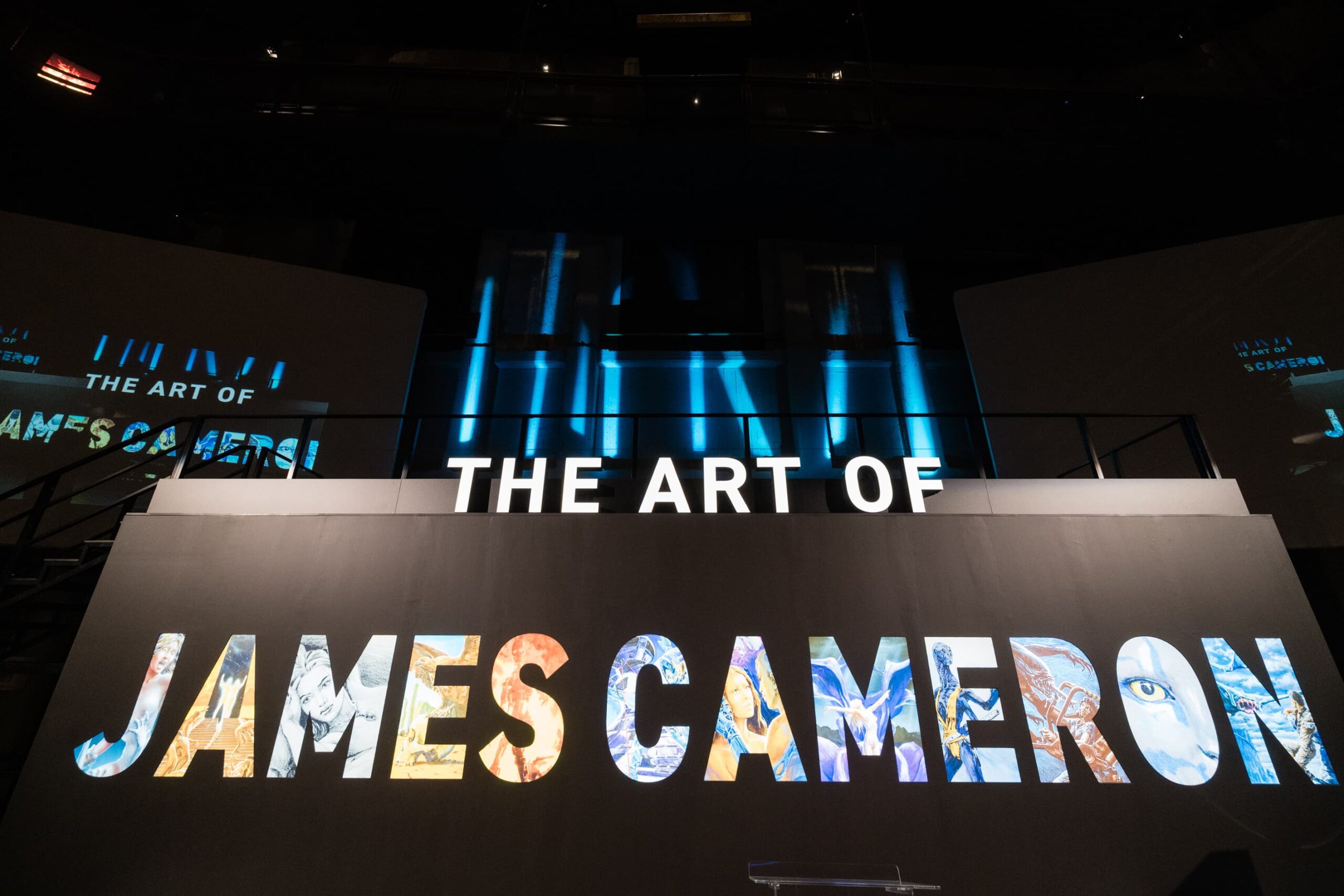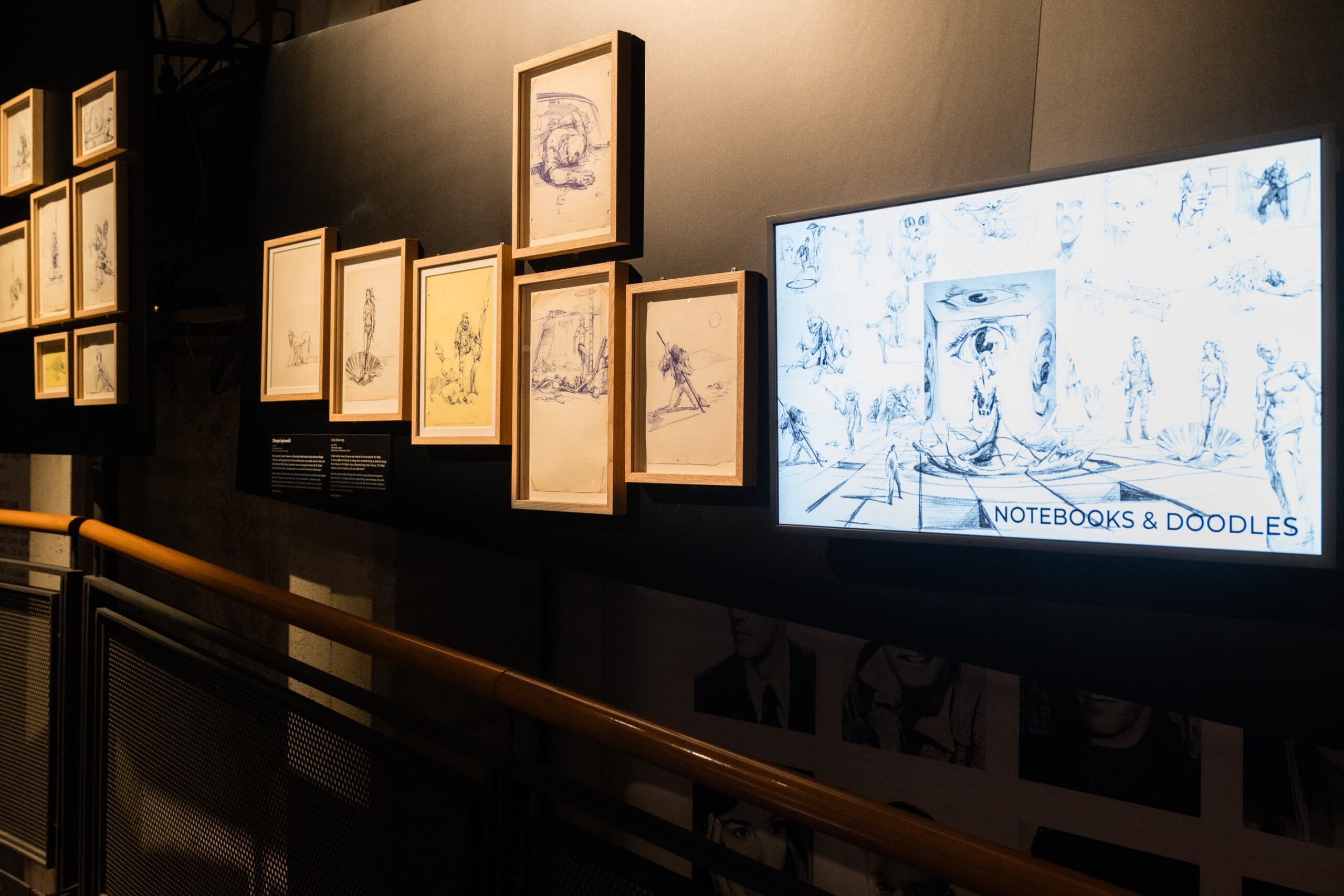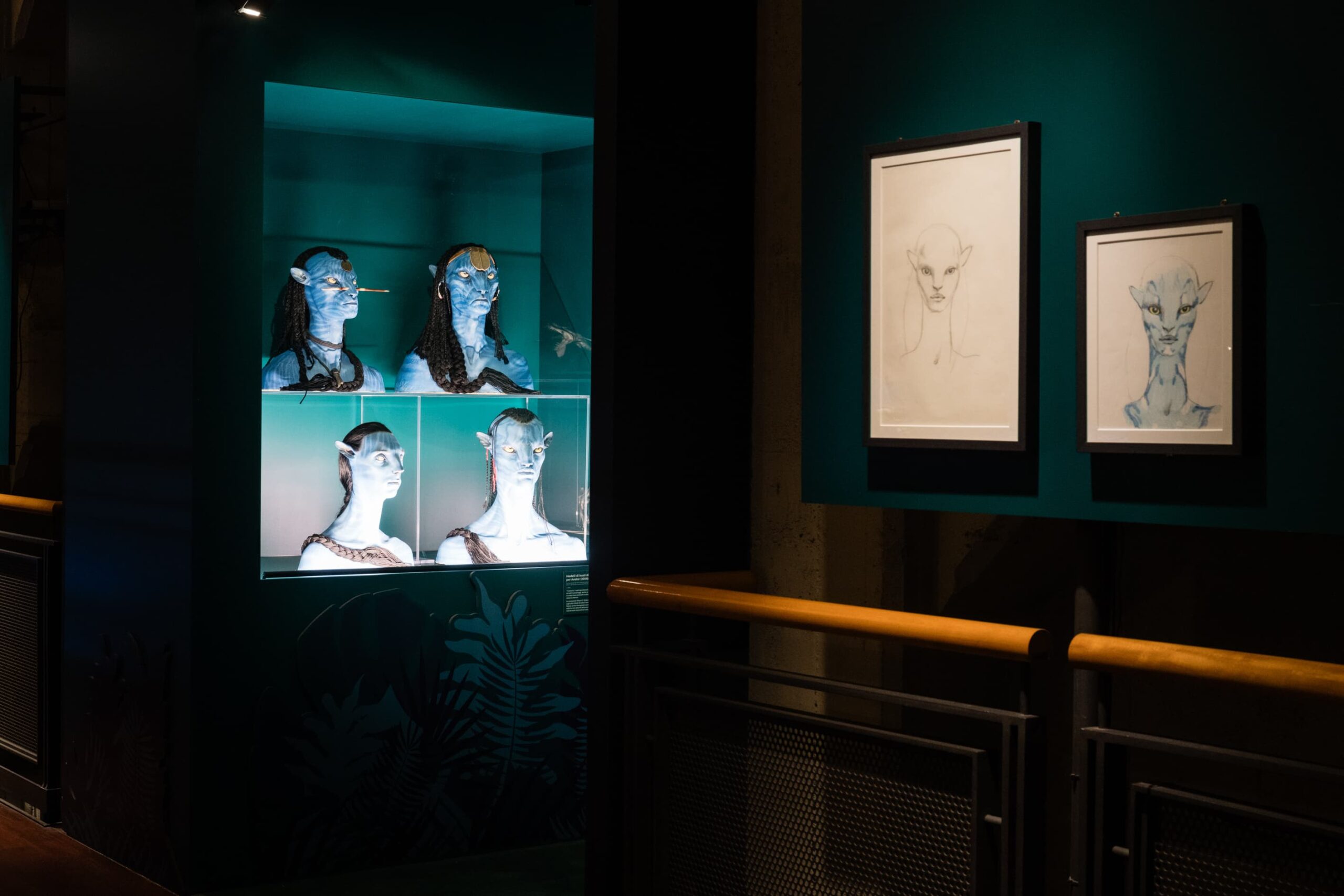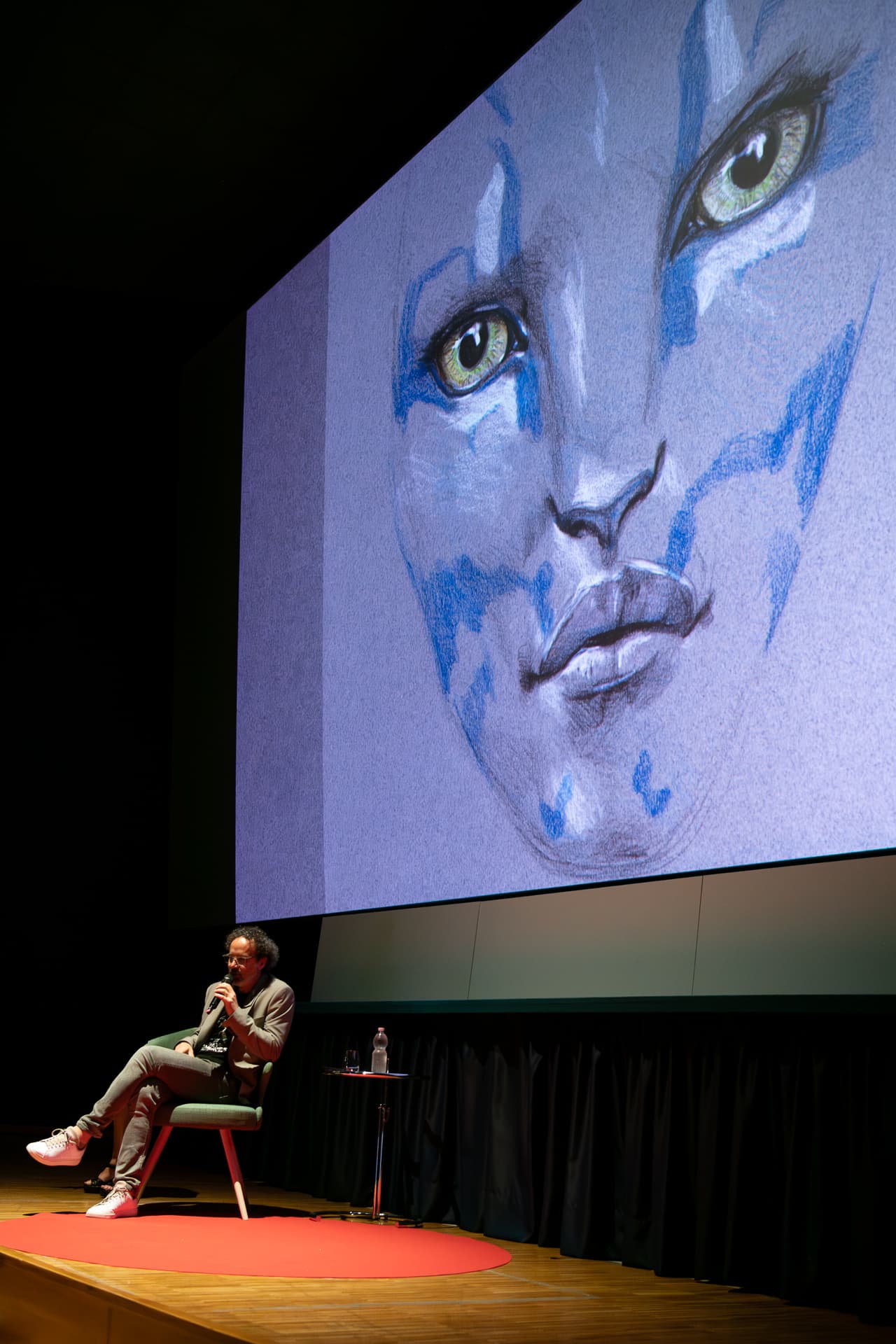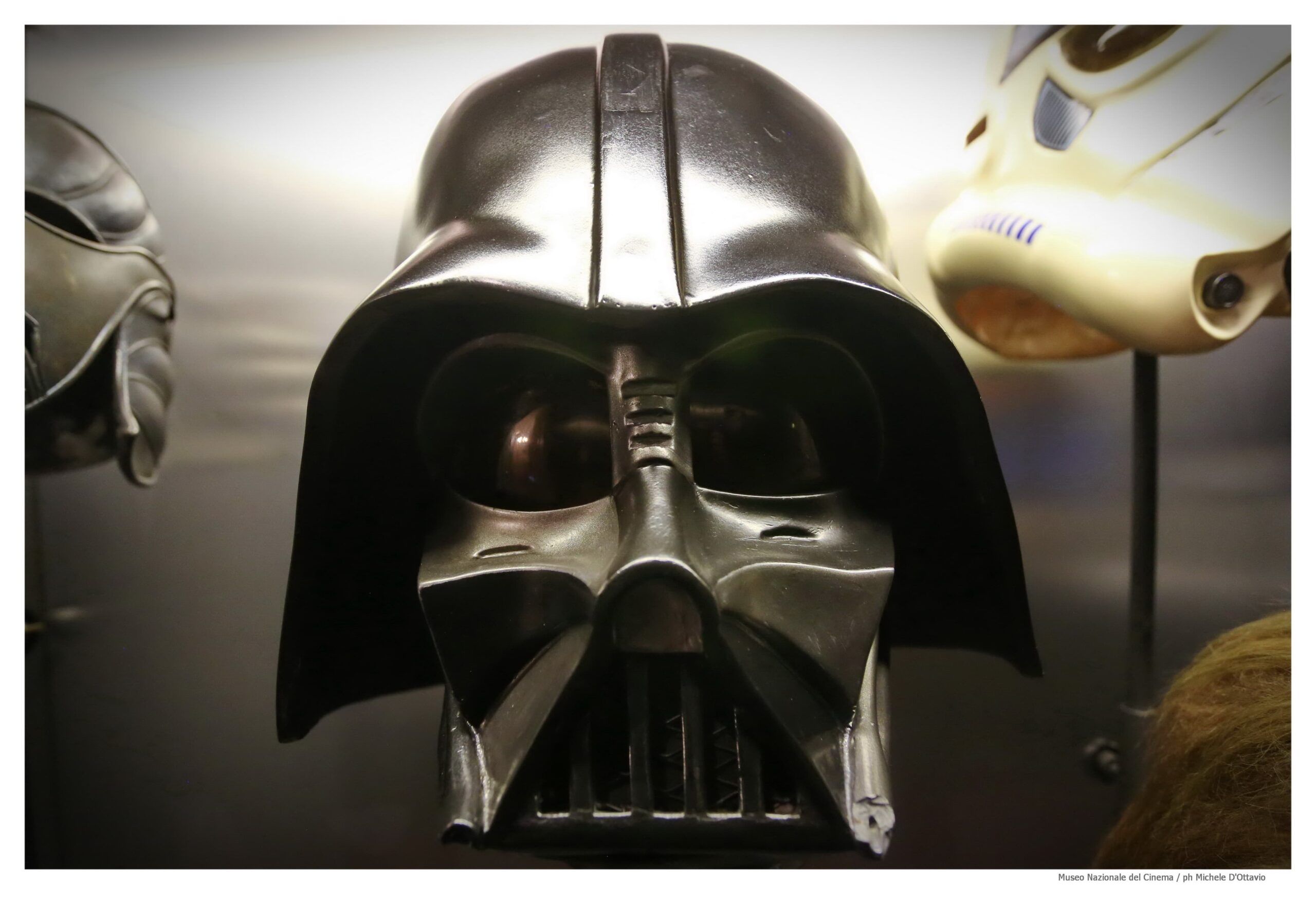By: Silvia Davi
For film, culture, and art enthusiasts, Turin’s Mole Antonelliana offers a journey like no other. Home to the renowned National Cinema Museum, this iconic landmark immerses visitors in the rich and evolving language of film—from its earliest beginnings to modern-day masterpieces. As you wander through its imaginative exhibits and ride the panoramic lift to the top for a stunning view of Turin and the Italian Alps, the experience becomes more than a visit—it becomes a cinematic adventure.
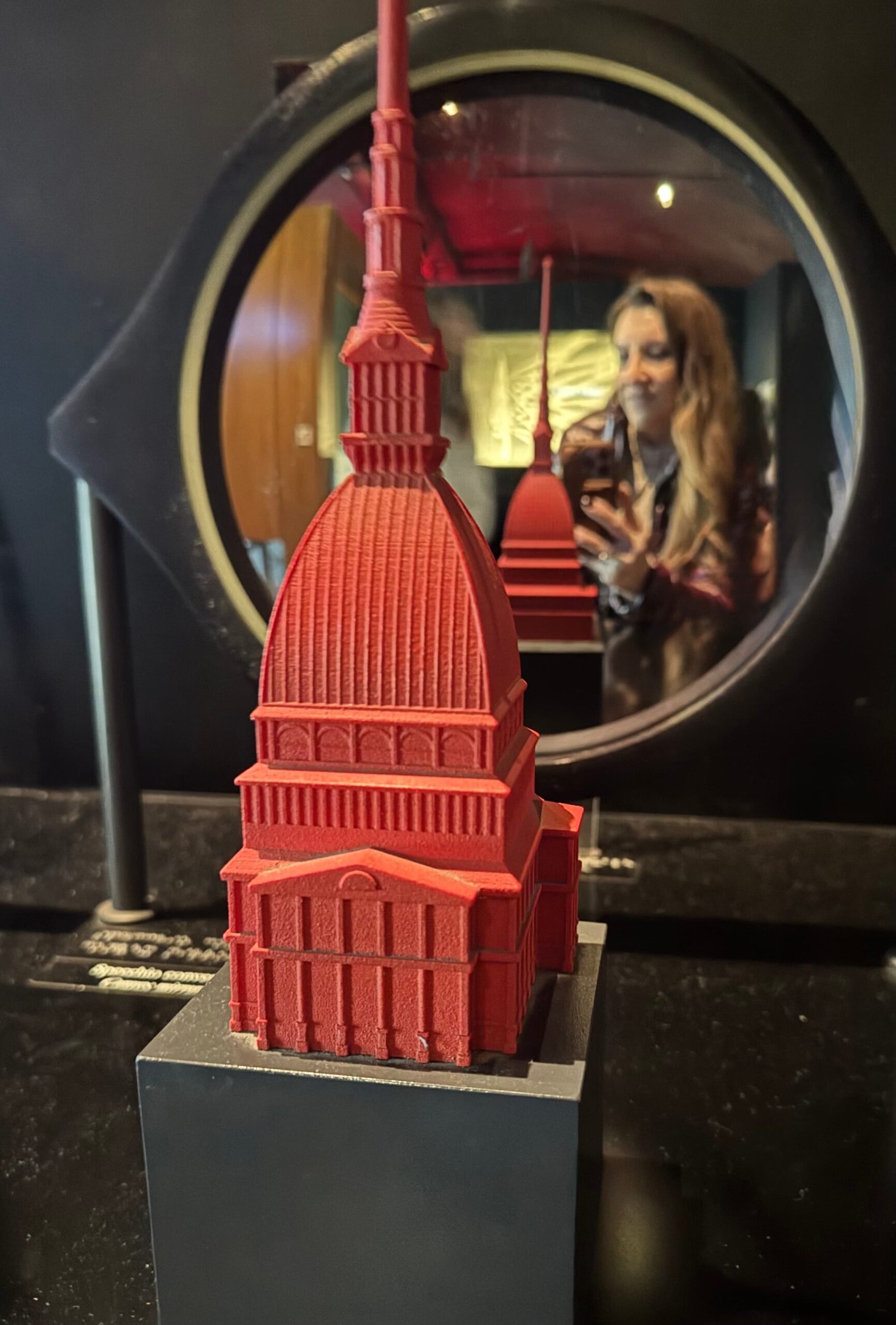
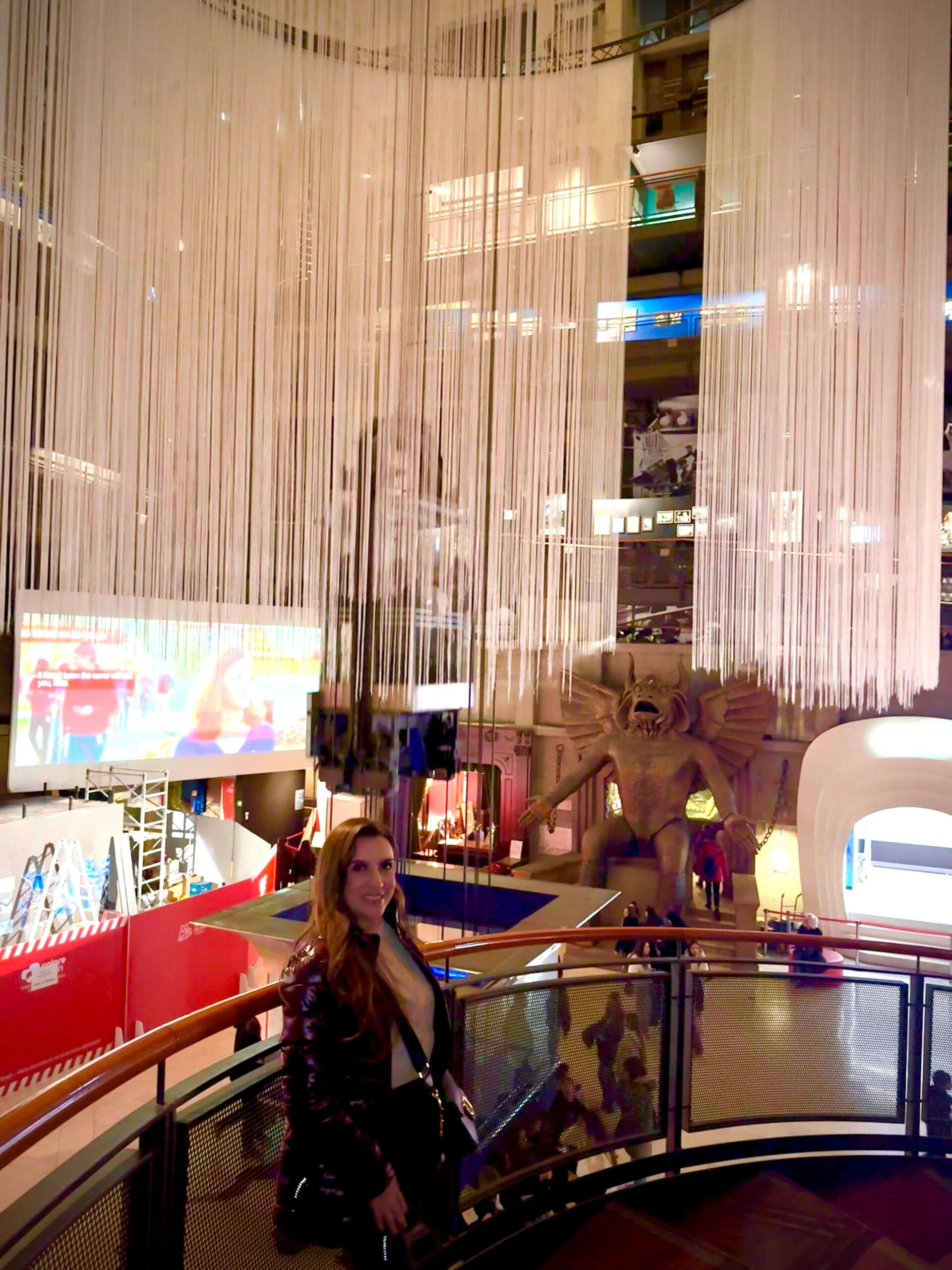
I had the pleasure of exploring this cultural gem with the museum’s director, Carlo Chatrian, to discuss the artistic vision and remarkable legacy behind one of the world’s premier film institutions. During my February visit, I also had a behind-the-scenes glimpse of a major upcoming exhibition dedicated to acclaimed American filmmaker James Cameron, “The Art of James Cameron” which is on display in Turin until August 31, 2025.
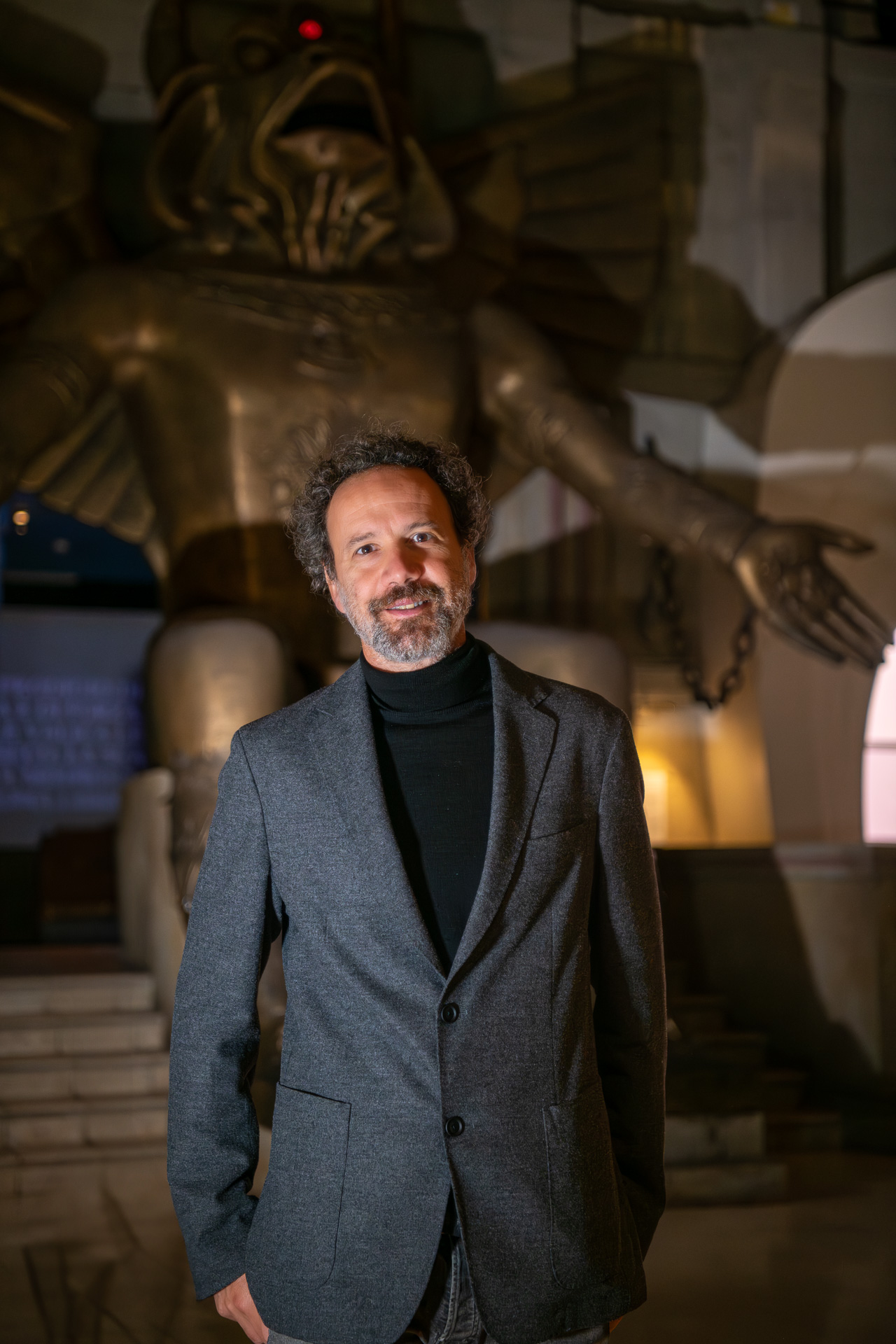

1. Can you describe the National Cinema Museum in Turin?
The Film Museum in Turin is one of the most important and internationally recognized institutions dedicated to the art of cinema. The Museum encompasses a wide array of activities, spanning from exhibitions to film screenings, from film restoration to festivals and a film lab.
Located inside the iconic Mole Antonelliana, the Museum offers a truly unique setting that enhances the visitor’s experience and deepens the connection between architecture, history, photography, and film culture. Its extraordinary collection includes a vast array of objects, documents, film reels, photographs, posters, and rare iconographic materials that trace the rich and complex history of cinema from its earliest days – through pre-cinema experiments and silent film – to contemporary digital and audiovisual expressions.
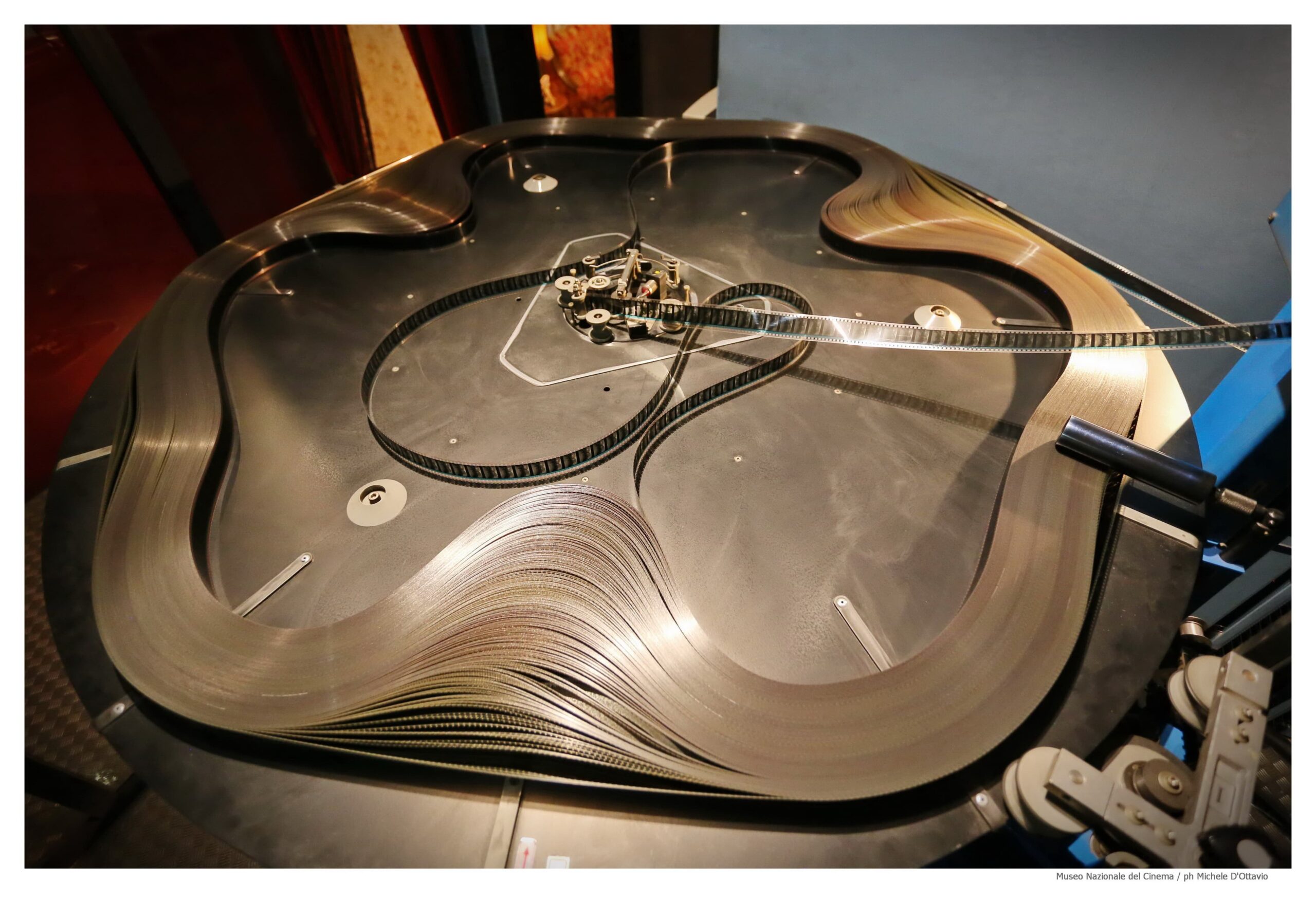

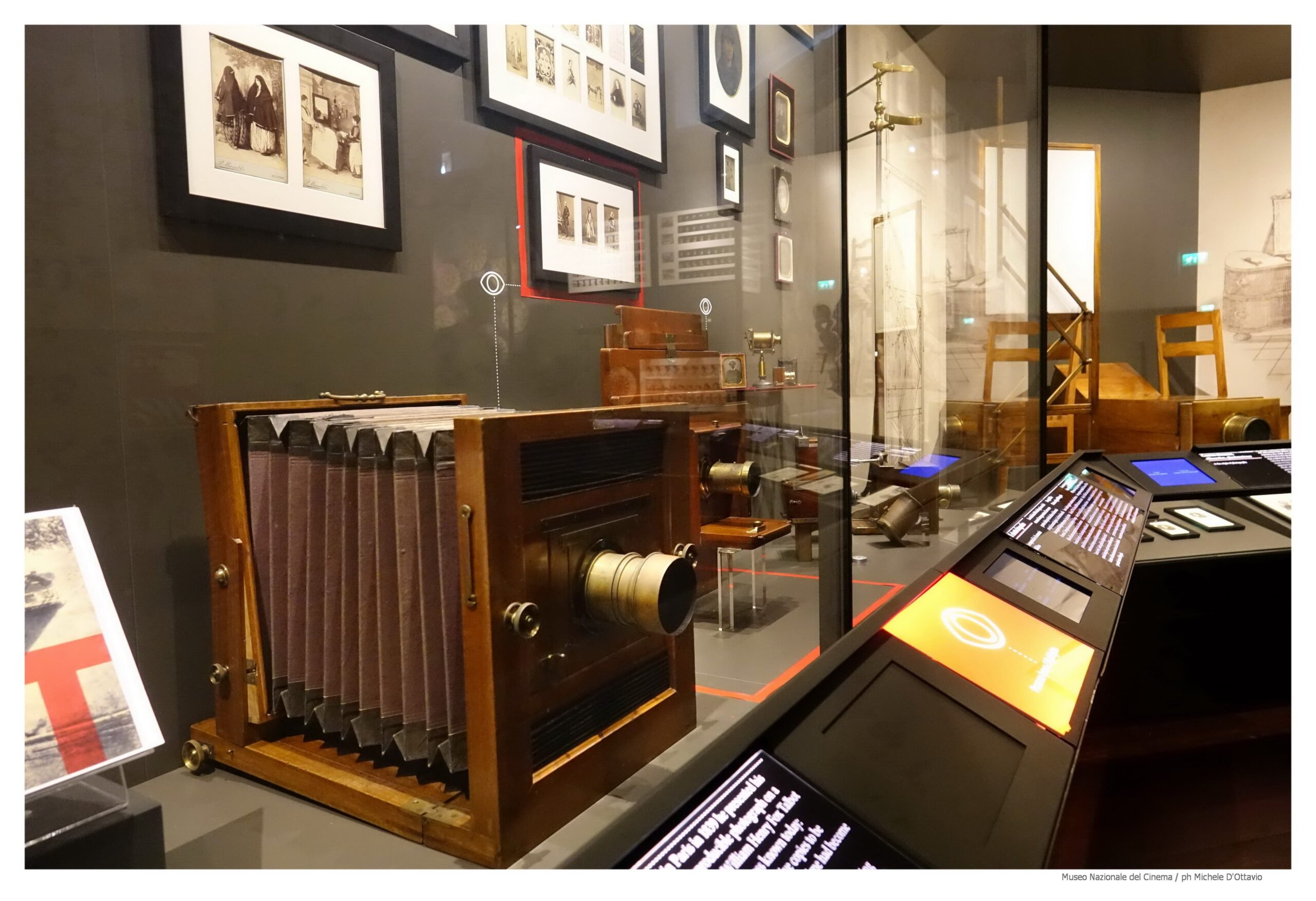
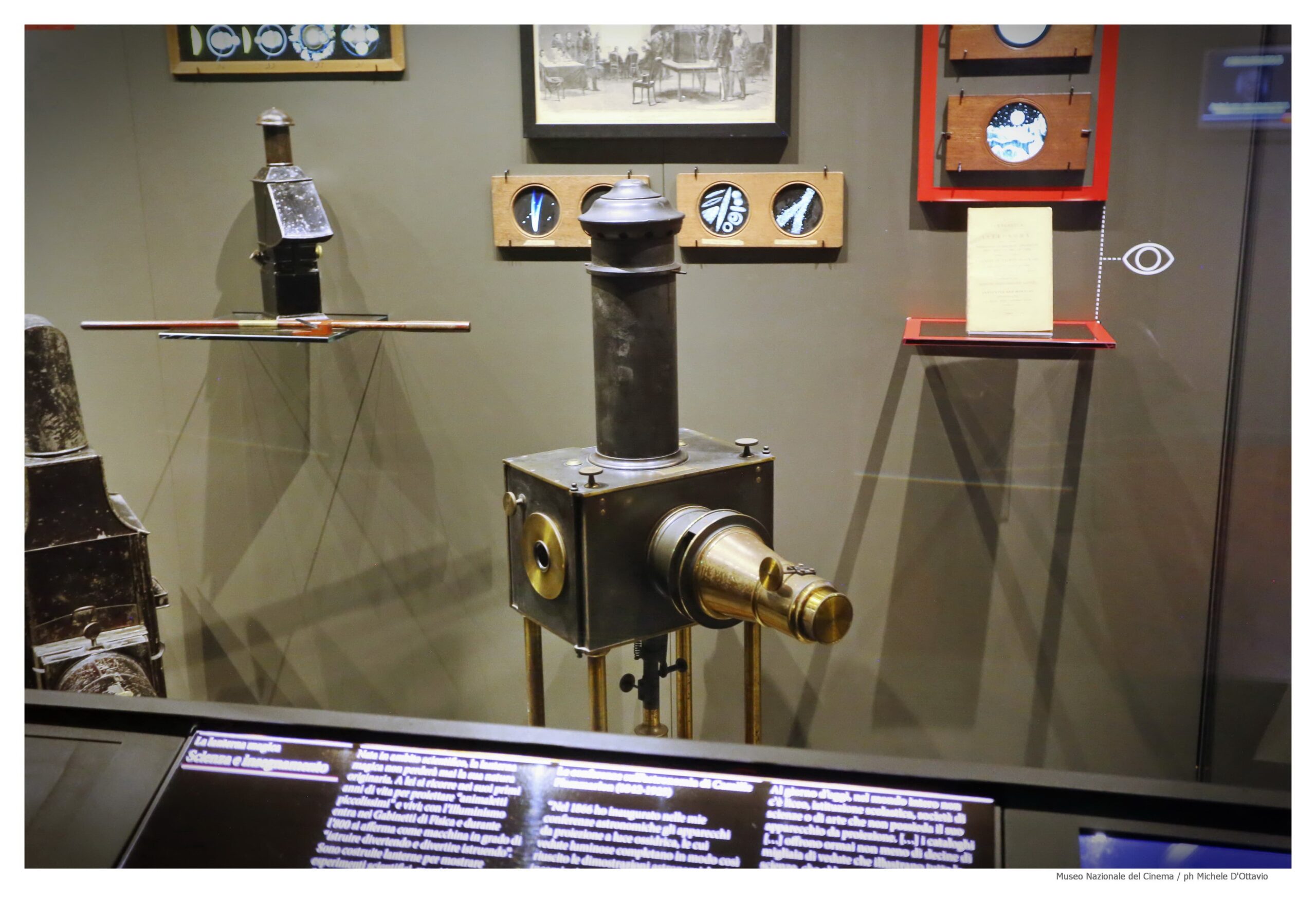
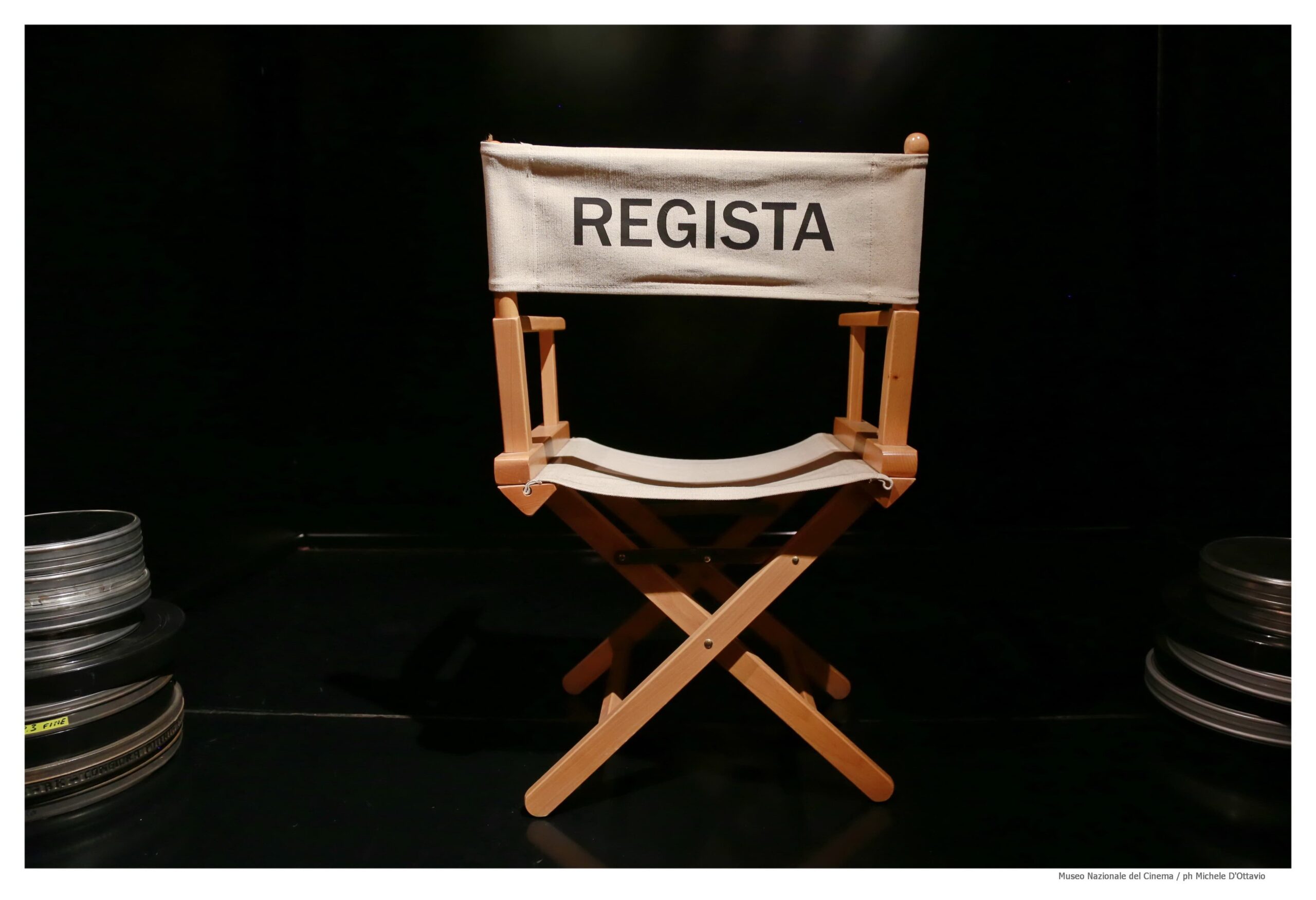
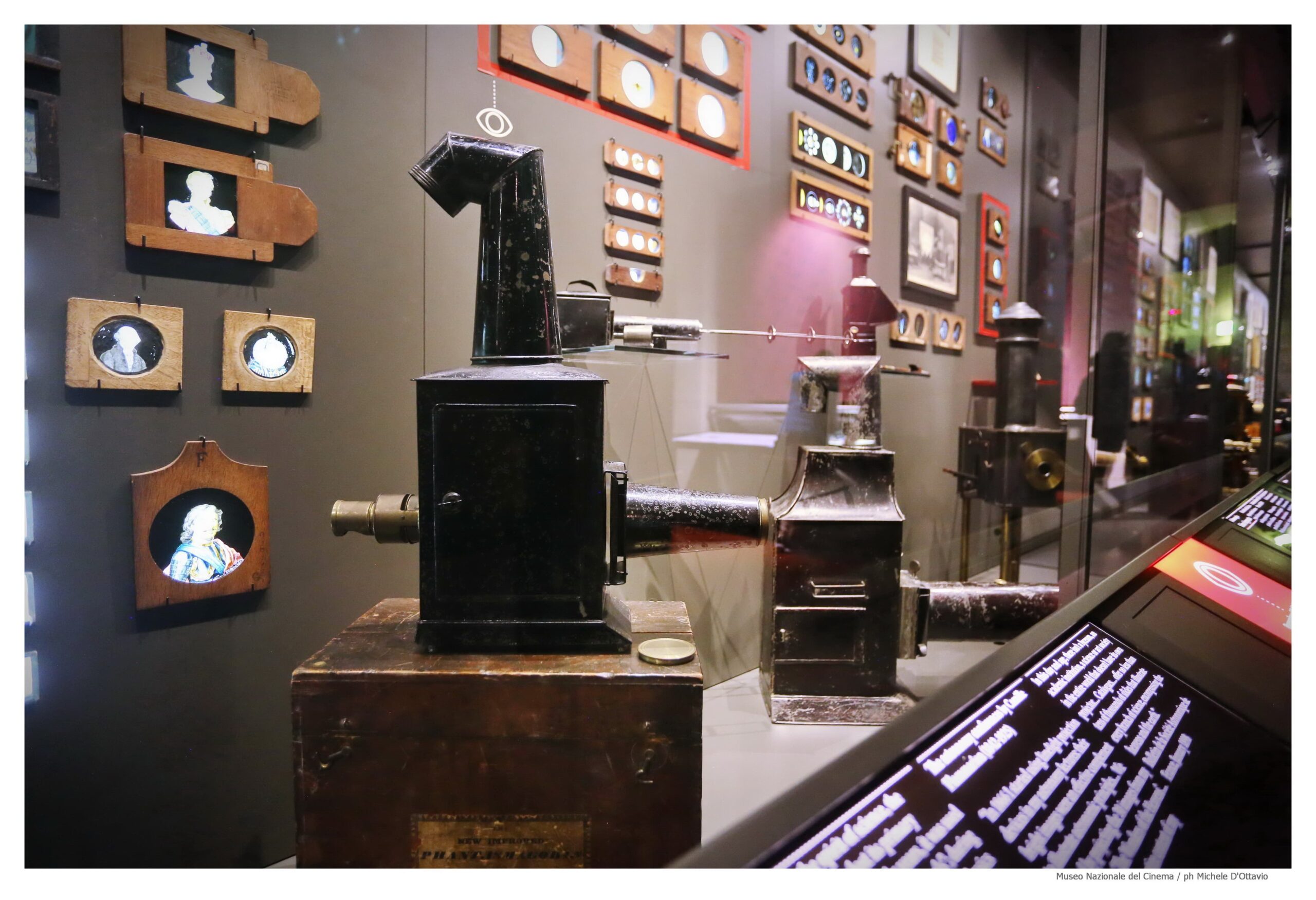
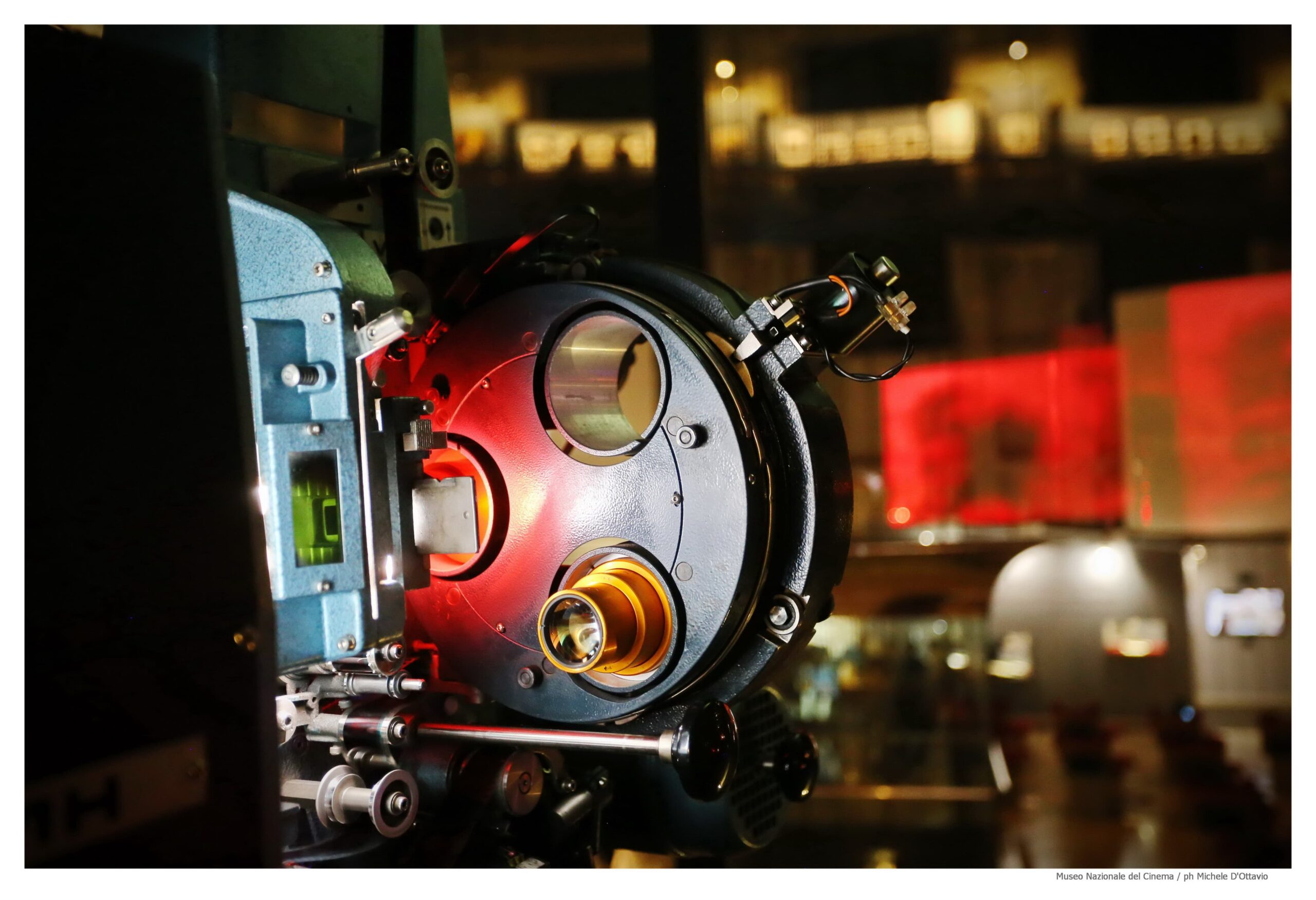
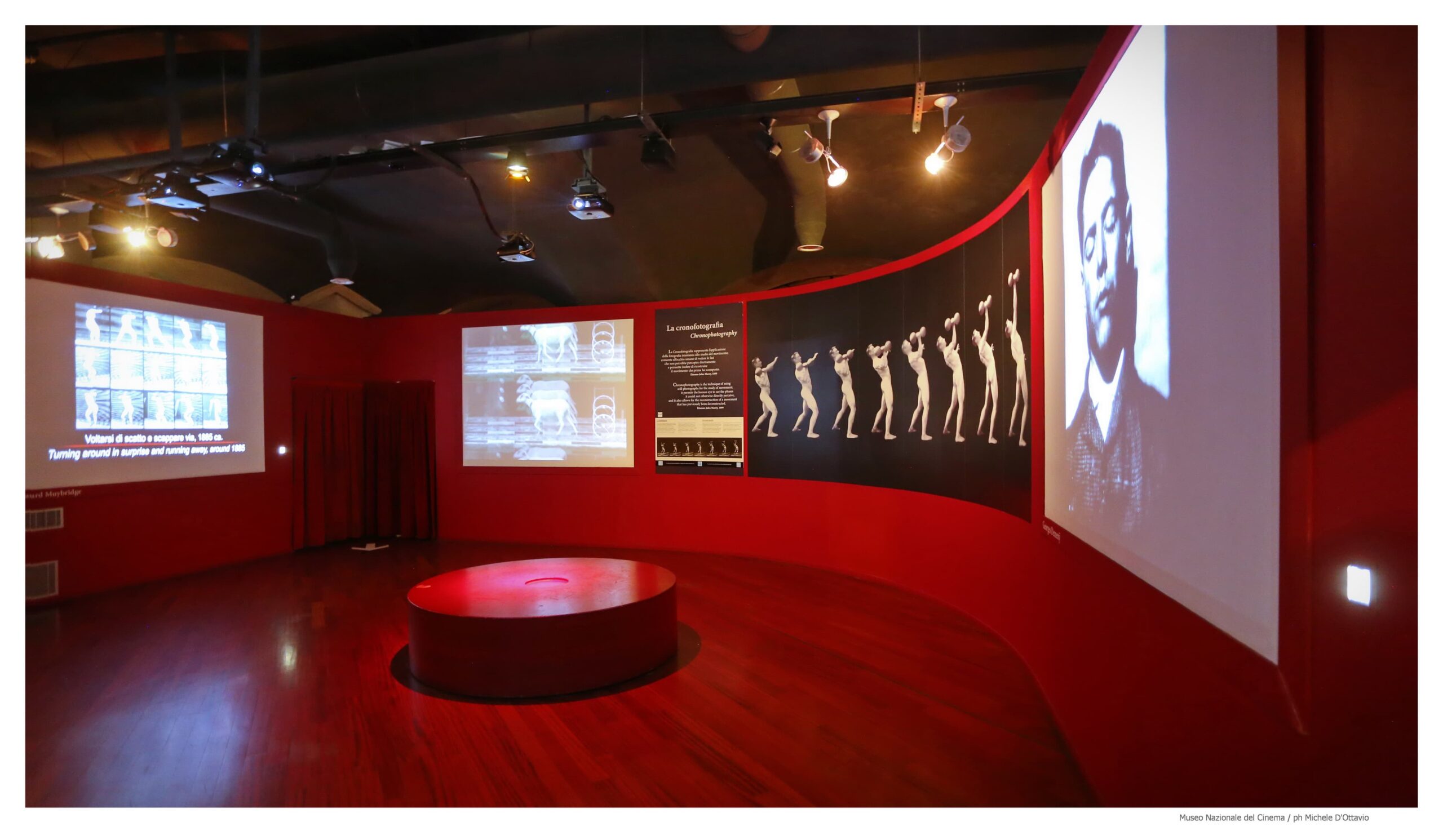
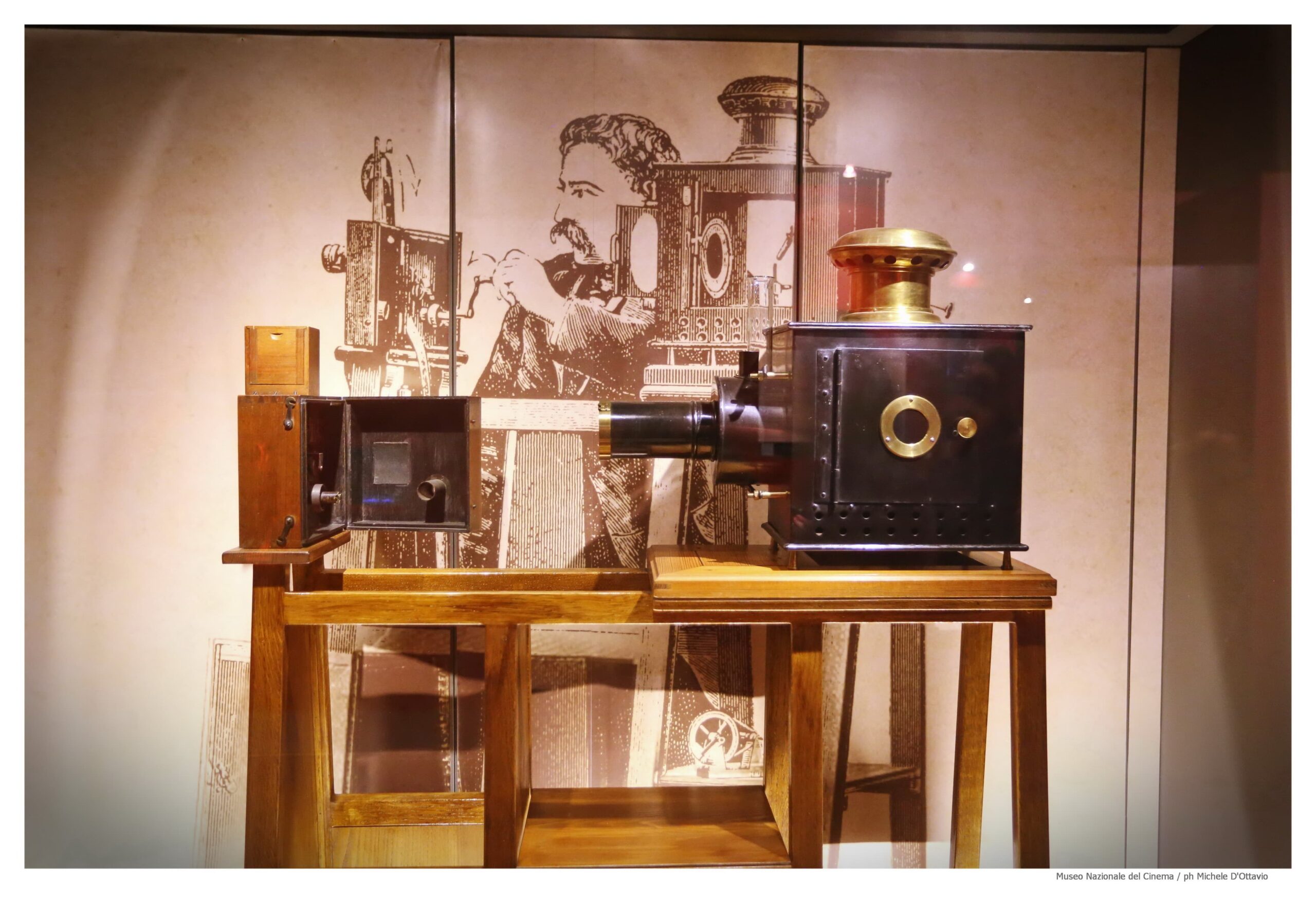
The Museum not only preserves memory but also celebrates the evolution of cinematic language and its impact on society, art, and imagination. More than a place of conservation, the Museum is an active cultural hub, committed to education, innovation and research. It offers a wide range of activities for diverse audiences, from scholars and students to families and film lovers. Through its permanent collection and temporary exhibitions, retrospectives, and events, the Museum invites visitors to embark on an immersive and emotionally engaging journey into the fascinating world of cinema and its techniques, its icons and its stories.
2. Tell us about the unique landmark – La Mole Antonelliana – where the museum is located?
The Mole Antonelliana is one of the most recognizable architectural landmarks in Italy and the true symbol of the city of Turin. Originally designed in the 19th century as a religious building, but never finished as such, the Mole is, since the year 2000, the home of the Film Museum. Its extraordinary vertical structure, which rises to 167 meters, poses both a stimulating challenge and an opportunity for the design of creative exhibitions, allowing for a unique narrative experience that unfolds across multiple levels. This spatial dynamic contributes to the immersive and evocative nature of the museum’s installations. Inside the Mole, visitors can also enjoy a panoramic elevator that ascends over 85 meters to the viewing terrace. From there, one can admire a spectacular 360-degree view over the city of Turin and the surrounding Alpine landscape.
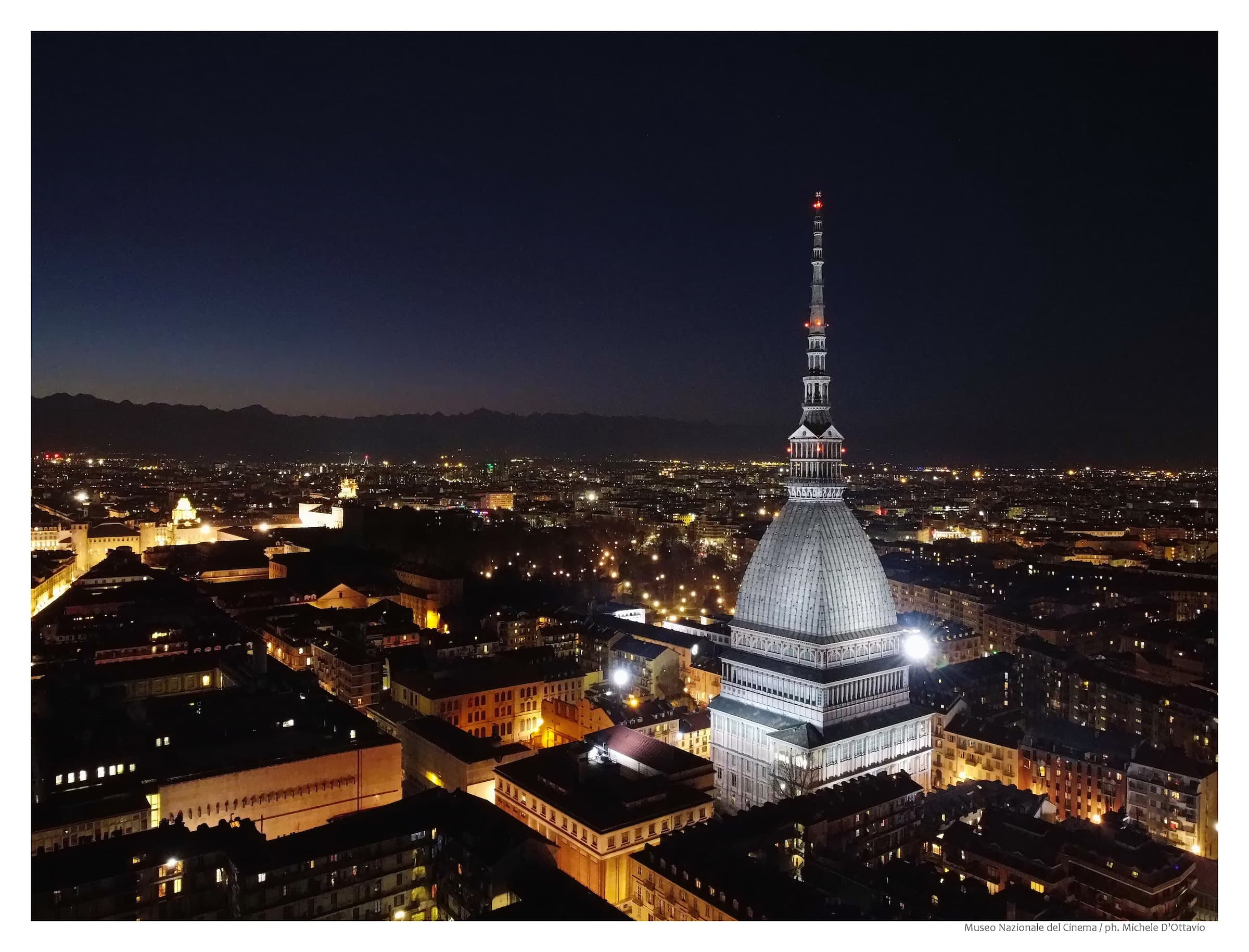
3. Describe the rich past of Italian cinema and its cinematic impact on today’s film industry?
The Aftermath of WWII is labelled as the Golden Era of Italian cinema. Rossellini and DeSica proved that even in a destroyed country and with little means films could show the vitality of Italian people and bring new blood to the traditional way of production. The Neorealism and the films that followed that first sparkle changed the cinema landscape and influenced a whole generation of filmmakers. Much before that great season, Italian cinema rocked the world. At the beginning of the XXth century Torino was a vibrant film production centre. The films produced were sent and shown everywhere. Cabiria is considered the first blockbuster in film history: Giovanni Pastrone invented a new language to give the story a more dynamic style. From a cinematic point of view, looking at today’s landscape is without any doubt Fellini’s mastercraft to hold the centerpiece. His films are a never-ending source of influence for anyone who tries to tell stories with a camera
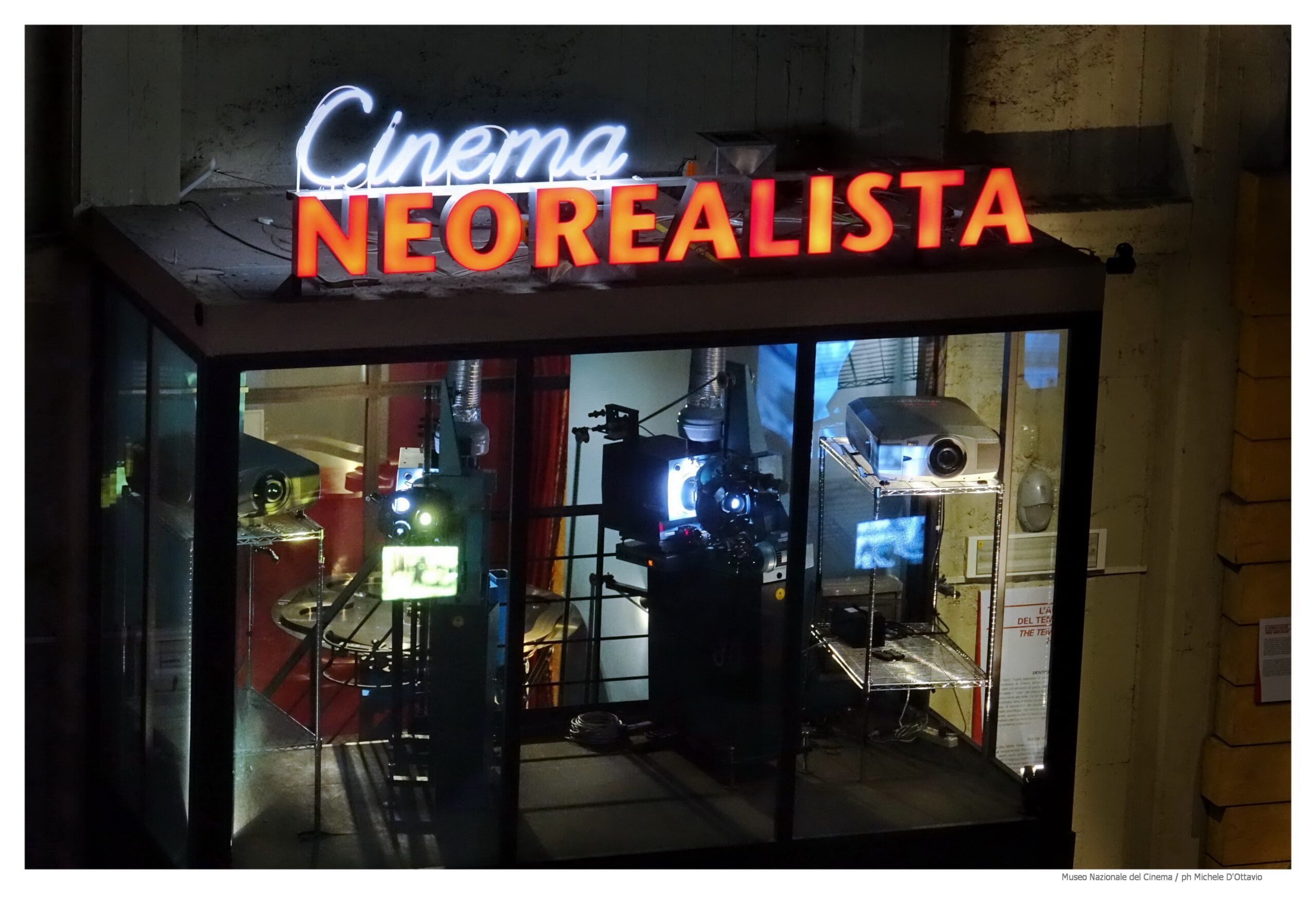
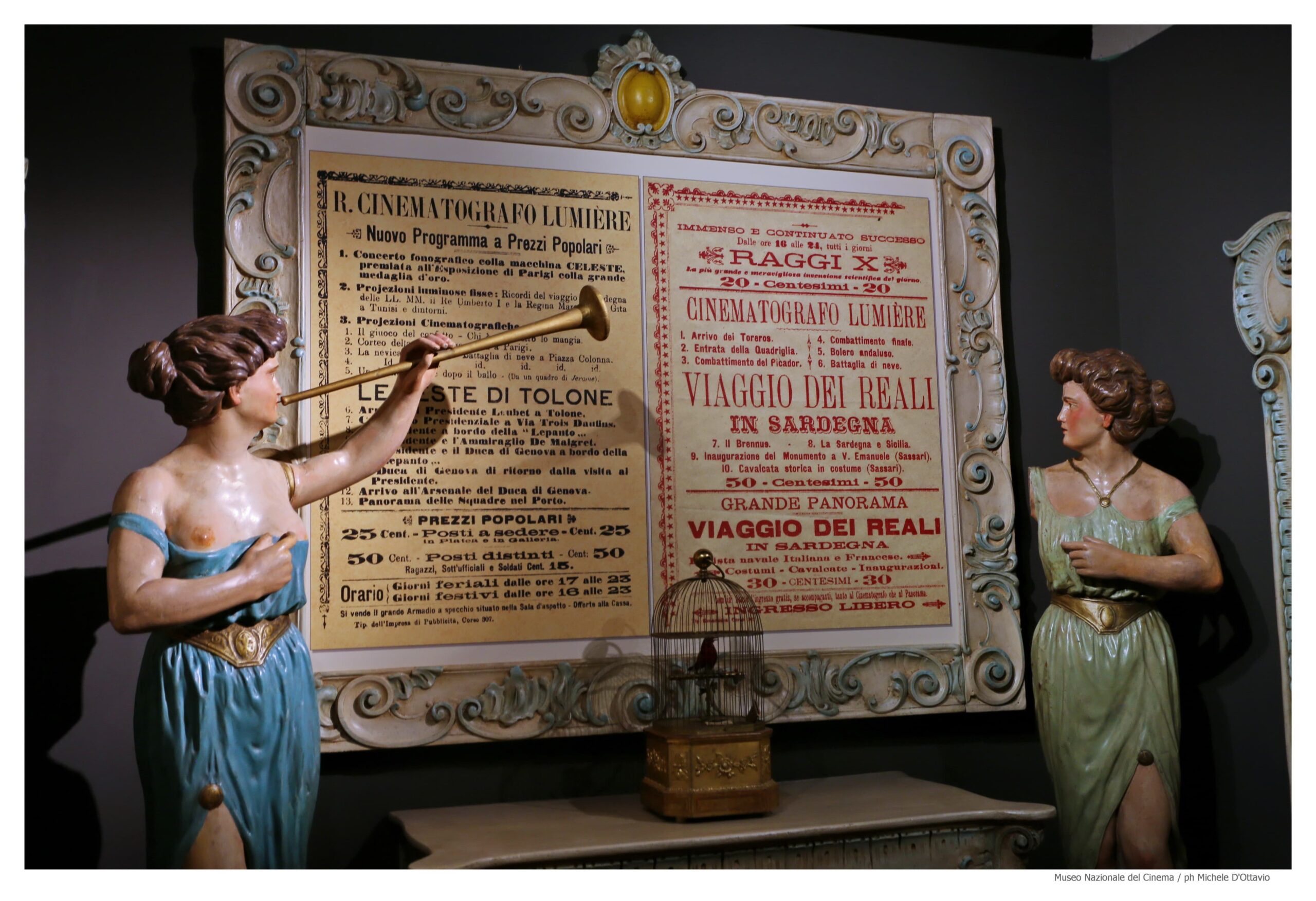
4. How would you describe today’s film industry in Italy?
Italian cinema today is very lively, Italian films hold an important place in major film festivals. Marco Bellocchio, Nanni Moretti, Paolo Sorrentino and Matteo Garrone can be considered a good example of Italian longevity and power of renovation. Along with them a new generation has come to the surface with a different language and diverse source of inspiration. Women filmmakers are taking the lead. Alice Rohrwacher is the most well-known name of a group of filmmakers that are growing and getting more and more visibility.
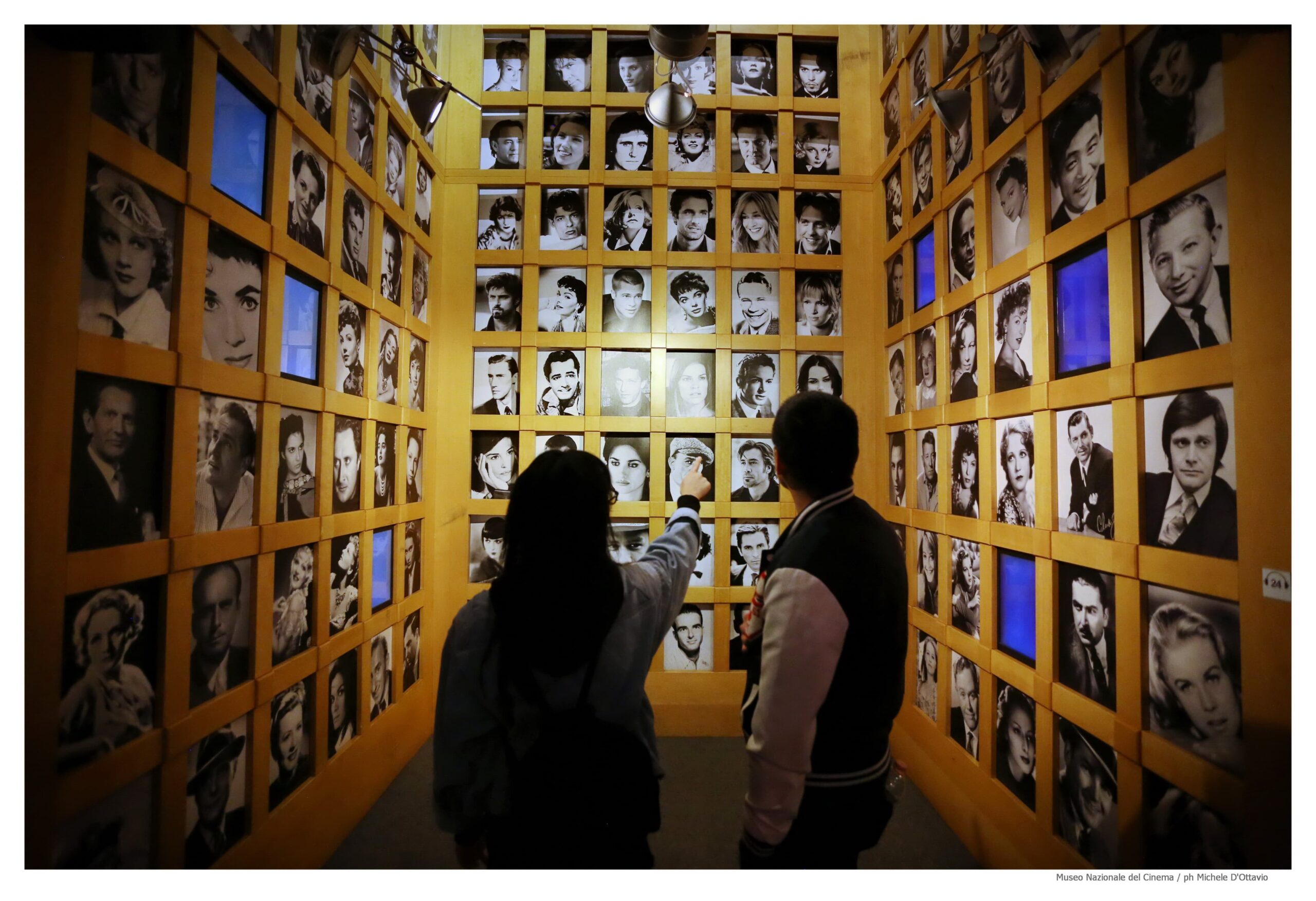
5. There is currently an exhibit celebrating American filmmaker James Cameron, titled “The Art of James Cameron” -tell us about it.
The exhibition The Art of James Cameron, on display at the Film Museum in Turin up to August 31st, offers a truly unique experience by highlighting the creative process of one of the most visionary directors of our time. Unlike what one might expect, the exhibition is not based on the finished films but focuses on the early sketches and drawings made by a young Cameron. These artworks, often created with simple tools like pen and pencil, reveal his extraordinary ability to imagine fantastic worlds and iconic characters from the very beginning of his career. The exhibition path, divided into several thematic areas, guides visitors through six decades of imagination, offering an in-depth look at the artistic and technical evolution of the director. Featuring a vast collection of original items, including drawings, paintings, sketches, props, costumes, photographs, and 3D technologies developed or adapted by Cameron himself, the exhibition provides an authentic portrait of the director through his own art. This exhibition not only celebrates James Cameron’s talent but also emphasizes the importance of creativity in the filmmaking process, giving the public a unique opportunity to explore the artistic genesis of one of the greatest minds in the history of cinema.
